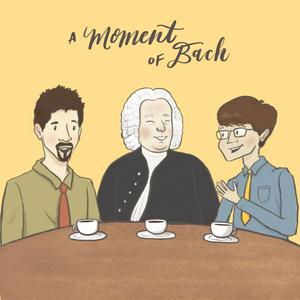It's time for Bachtoberfest! Tonight we treat ourselves to a wine & cheese spread, tailored to the different variations in this iconic piece.
We had so much fun with this that we think you should try it too. Just pair some of your favorite wines and cheeses and other snack items with the musical feast that is the Goldberg Variations. Then, let us know how it went!
And with that, season 5 of A Moment of Bach comes to a close. As always, we are so grateful to our listeners! Thank you for continuing to spread the word about our podcast! And, thanks to Netherlands Bach Society for the continued use of their excellent recordings.
CHRISTMAS CONCERT DETAILS in Southern California:
Christian's church: Christmas Carol Festival at Abiding Savior
Alex's church: Christmas Concerts at St. John's Orange, Dec 5, 6
Christian's Carnegie Hall invitation details here. Registration portal found here (if closed, email Christian at
[email protected])


